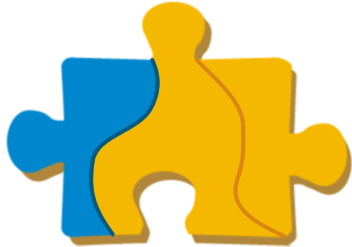 Quick REMAP
Quick REMAP
(4-point) Protocol
By Steve B. Reed © 2007
Introduction
The Quick REMAP protocols are designed to provide relief from the intensity of emotionally distressing events in the shortest possible time. These simple protocols complement the precision of the Full REMAP protocol that is customized to each individual. Early findings suggest that the Quick REMAP (4-point) protocol is well suited for phobias, panic attacks, anxiety, everyday traumas, and the most acutely stressful events. If the issue being treated involves significant anger or sadness, then a Quick REMAP protocol with a larger number of treatment points may work better.
The REMAP process was developed in response to the observation that a one-size treatment protocol does not fit all needs, all of the time. If a more comprehensive form of treatment is necessary, then the Full REMAP protocol provides the best option. However, there are times when a brief protocol may be preferable. Such times can include:
- Being at the end of a treatment session and you access something intensely painful;
- At any point in a therapy session where the emotional intensity becomes so great that it interferes with your ability to communicate about your internal experience; or
- When you are between treatment sessions and need a tool that is easy enough for fast self-help.
The Quick REMAP protocols are perfect in such situations.
The Quick REMAP protocols are built with “evidenced-based” treatment points. These are acupressure points that have been the subject of research at some of the most prestigious institutions of higher learning, including Harvard Medical School and the Yale University School of Medicine. These acupoints have been shown to produce profound calming effects. These effects include:
- Reduction in blood flow to the brain’s alarm center (the amygdala) which produces a relaxation reflex at a deep brain level,
- Increase production of serotonin (a calming neurotransmitter) throughout the brain,
- Calming in the electrical activity of the brain,
- Slowing the heart rate,
- Turning off the fight or flight reflex (calming the sympathetic nervous system) and
- Evoking a relaxation response (an increase in the parasympathetic nervous system).
These changes have been documented with sophisticated medical instruments. These instruments include the fMRI, EEG, Bispectral Index, and an ECG that measures Heart Rate Variability. Reductions in emotional distress have been documented with psychological testing and various self-report measures.
Quick REMAP combines these evidence-based treatment points into brief interventions that can produce startling results. In practice, psychotherapists and clients are both experiencing the profound and rapid healing effects that are possible with this approach. Oftentimes, they are seeing impressive results within a single treatment session.
The goal is to have a rapid and effective treatment tool that can reach and soothe a part of the brain that is only minimally accessible by language. The precise sensory stimulation provided by these treatment points creates a desensitization response within the emotional brain (limbic system). In effect, it neutralizes painful memories and teaches the brain that it no longer needs to set off the “fight or flight” reflex in response to things associated with painful memories.
This sensory-based method calms the emotional brain (limbic system) so effectively that it enables the thinking brain (cortex) to be fully online. This makes Quick REMAP the perfect companion to balance and enhance cognitive therapy treatments. Insight and understanding can be seen more clearly when one is no longer looking through a filter of intense emotional pain.
Although it is easy to learn and easy to apply, Quick REMAP provides a powerful means of freeing oneself from the recurring distress associated with overwhelming and high-stress events.
If you would like to use this approach successfully, then you will need to:
- Have some important facts about the acupressure points,
- Find the locations of the Quick REMAP rapid relief points,
- Understand how to identify a specific enough event to treat,
- Know how to organize a list of events that need treatment,
- Learn how to tune in to the issue you want to heal,
- Know some ways to track your progress with Quick REMAP,
- Discover how to activate the rapid relief points and
- Learn a few other steps that will allow the process to work well.
You can find relief from painful events by discovering Quick REMAP. When you are ready to step onto the healing path, Quick REMAP awaits.
 Quick
Quick